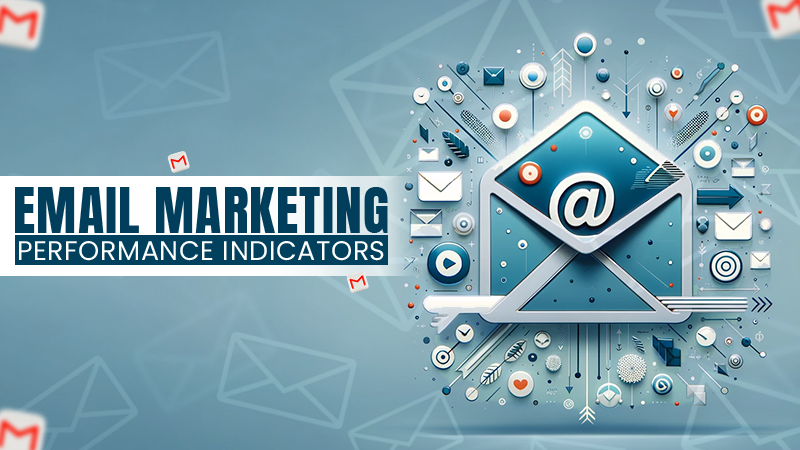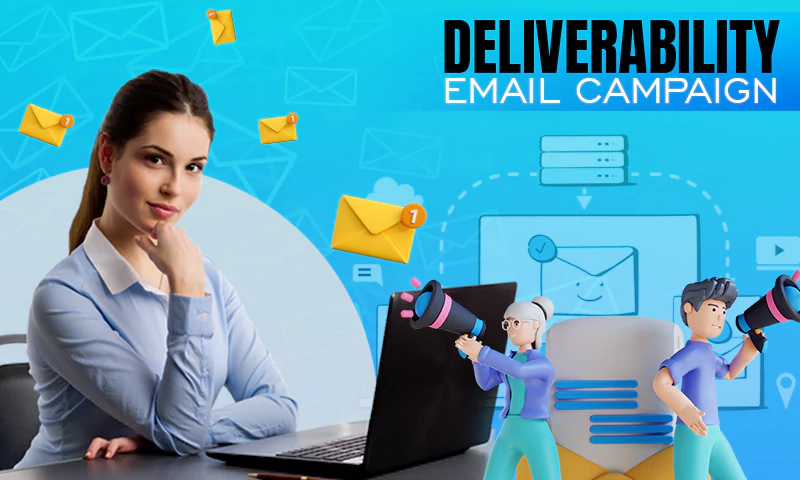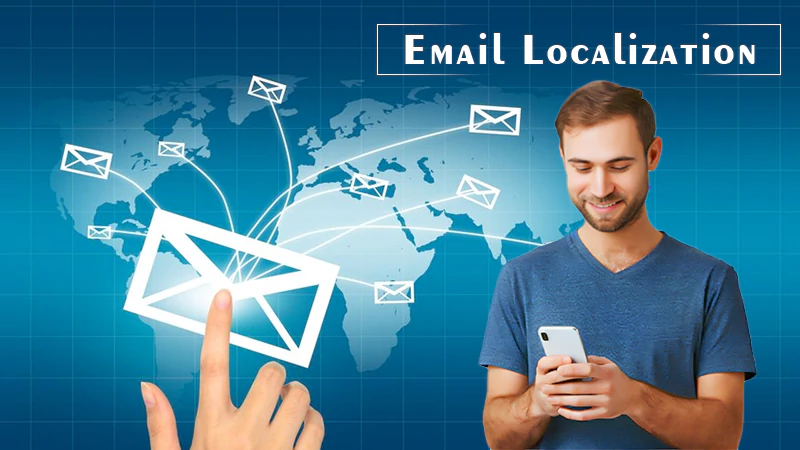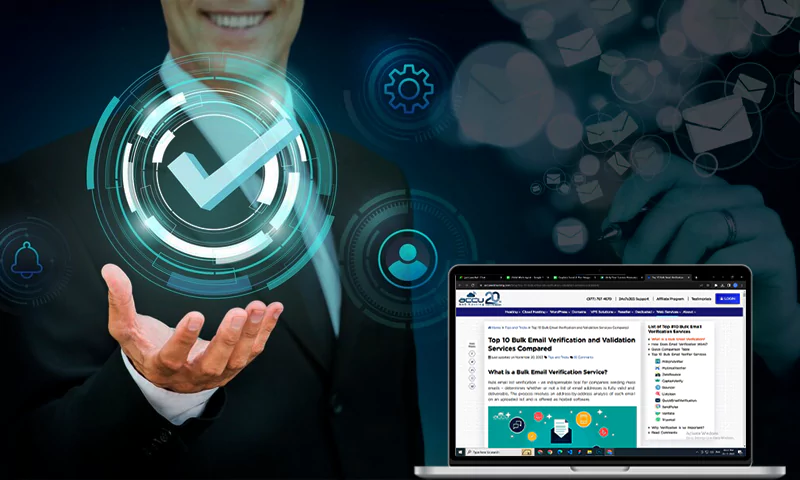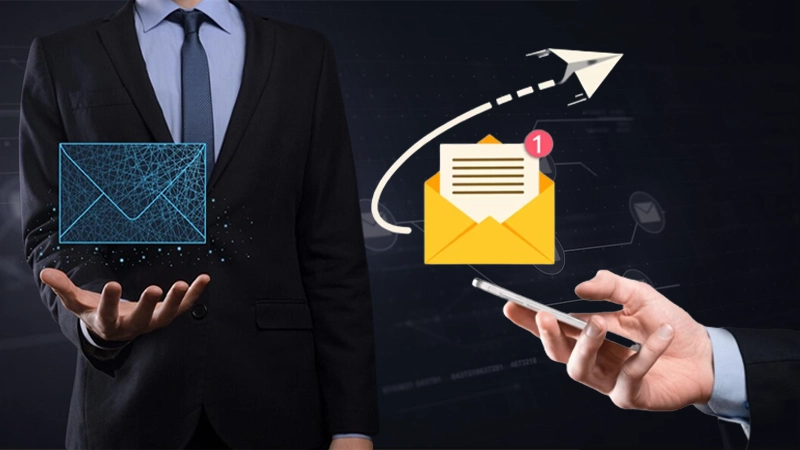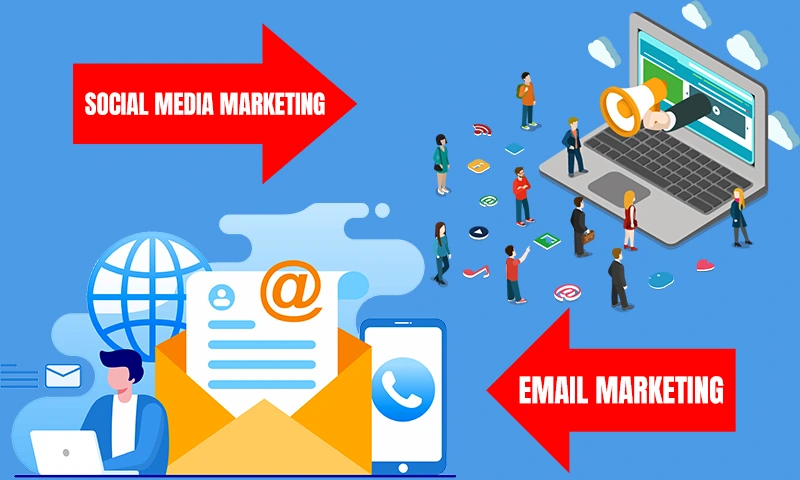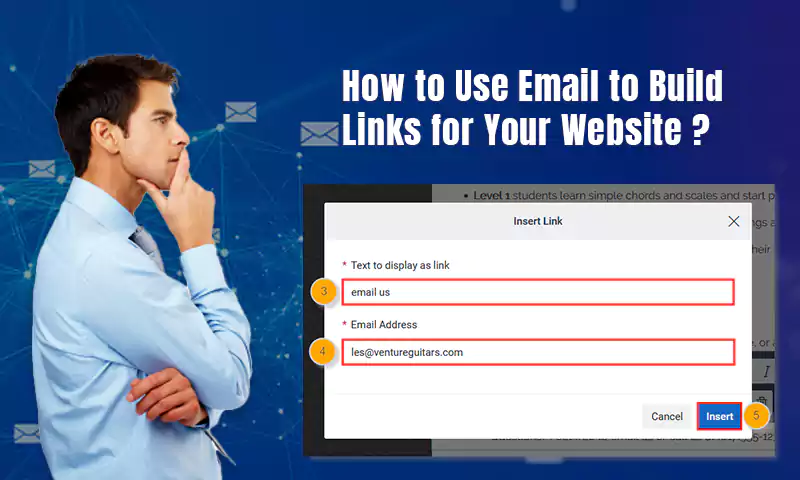How to Develop Email Marketing Software From Scratch
Email marketing is a key tool in digital communication that effectively engages audiences and drives conversions.
It is a proven method to promote the products and services of startups and big brands in numerous ways.
The importance of specialized email marketing software is driving sales as they are tailored to meet unique business needs and enhance customer interactions.
We provide insights into the optimization of your online mail strategies, backed by the latest trends and technologies.
For startups that aim to boost their tech capabilities, we suggest these relevant tips for startups looking to hire developers.
In this article, you’ll be informed about the motivations, benefits, and platforms to hire a developer.
Let’s explore the fundamentals and advanced tactics of email marketing, which set the stage for successful campaigns!
Email Marketing Software: Revenue Opportunities
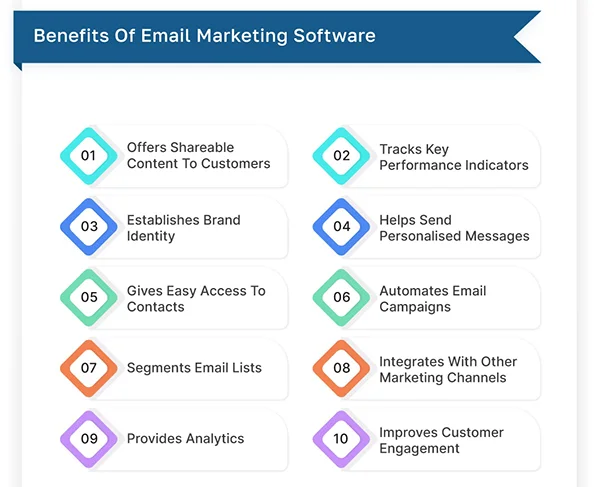
Email marketing is a digital marketing strategy that involves sending emails to a group of people to promote products, and services, or convey messages.
The core functions of email marketing software include automation, tracking, and analytics.
It helps with the personalization of content, segmentation of the audience, and campaign performance measurement.
Key players in the market include:
- MailChimp: It offers user-friendly design tools and automated campaigns.
- Constant Contact: This one is known for extensive customer support and integration options.
- HubSpot: It provides comprehensive inbound marketing tools along with email marketing capabilities.
Statistics reveal the effectiveness of email marketing. For instance, the average ROI is $42 for every $1 spent on email marketing.
Moreover, segmented campaigns can lead to as much as a 760% increase in revenue.
THINGS TO CONSIDER
The best time to send an email is typically mid-week, between 10 am and 2 pm. However, it’s always a good idea to test different send times to see what works best for your audience.
3 Reasons to Develop Your Own Email Marketing Software
Developing your email marketing software can provide several strategic advantages, particularly for businesses with specific needs that off-the-shelf solutions cannot meet.
Key reasons include:
Customization
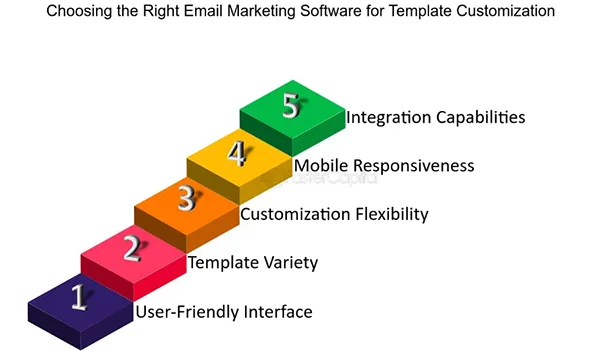
Customization allows businesses to tailor their email marketing efforts precisely to their audience’s preferences and behaviors.
This means that instead of adopting a one-size-fits-all approach, you can create targeted campaigns that speak directly to different segments of your audience.
For example, you can design distinct email templates for new subscribers, long-time customers, and those who haven’t engaged recently.
Moreover, customization includes the ability to modify the software’s functionality to align with specific business processes and goals.
This might mean integrating the software seamlessly with your Customer Relationship Management (CRM), analytics, or inventory management systems.
Integration
in the context of custom email marketing software, integration refers to the seamless connection and communication between the email platform and other business systems. This includes CRM systems, e-commerce platforms, and analytics tools.
With integrated systems, you can automatically leverage data across platforms.
For example, customer purchase history from an e-commerce platform can inform personalized email campaigns directly from your email marketing software.
Moreover, it enables the automation of repetitive work. When a new contact is added to your CRM, they can automatically be enrolled in an appropriate email nurturing sequence without manual intervention.
Data Control
With your system, you can adapt the data architecture to your specific needs, and store and organize customer information exactly how you want it.
This level of control is necessary for segmenting audiences effectively and personalizing email content.
With direct control over your data, you can customize analytics and reporting to focus on the metrics that matter most to your business.
This leads to better insights, which enables more informed decision-making and strategy optimization.
6 Steps to Develop Email Marketing Software From Scratch

Crafting your email marketing software is a significant undertaking that requires a well-thought-out approach and a clear understanding of your target market.
It not only involves technical development but also an in-depth analysis of user needs and market demands.
With this software, you can offer unique solutions that existing platforms may not provide, thereby you will fill a niche and enhance your competitive edge.
Below, we detail the significant steps needed to navigate this complex process from the initial market research to the final launch:
Step 1: Conduct Market Research And Define Your Niche
Determine who your software is for. Are they small business owners, large enterprises, or maybe niche bloggers?
Analyze competitors: look at what existing email marketing platforms are offering, what features they have, and what pricing models they use.
You need to examine and think about what will make your software stand out. This could be exceptional customer service, innovative features, or a specific industry like e-commerce or healthcare.
We recommend reaching out directly to potential users to understand their needs and frustrations and using Google Trends and industry reports to stay on top of what’s current in email marketing.
DO YOU KNOW?
The top three industries that get the most spam complaints are pharmaceuticals, adult content, and gambling.
Step 2: Design UX and UI
Focus on creating an intuitive and user-friendly platform. Consider the user journey from signing up to launching their first campaign.
You can use tools like Figma or Adobe XD to prototype and get real-time feedback.
Use simple, clean designs that guide users naturally through processes with clear call-to-actions. Remember, the best designs are often unnoticed; they just feel ‘right’ to the user.
Step 3: Choose The Right Technology Stack
Opt for the appropriate backend and frontend technologies that align with your software’s goals and scalability.
For backend development, languages like Node.js or Python are well-known for their efficiency and community support.
Frontend choices might include React or Angular for dynamic, user-friendly interfaces.
Opt for email-sending services that offer high deliverability rates and detailed analytics.
Step 4: Develop The Software And Conduct Testing

Adopt a development methodology like Agile for flexibility and continuous feedback. Start with writing clear, maintainable code and focus on core functionalities first.
During testing, include different types: unit tests ensure individual components work correctly, while integration tests check if those components work together. Don’t forget user testing to gather real-life feedback.
Step 5: Implement Security Measures
Prioritize building a robust security framework from the start. Utilize encryption for data storage and transmission to protect user information and comply with privacy laws.
Implement strong authentication and authorization protocols to ensure only the right eyes have access to sensitive data. Regularly update and patch your software to defend against new threats.
We recommend conducting regular security audits and penetration testing to identify and fix vulnerabilities before they can be exploited.
Step 6: Launch Your Product And Improve It
Begin with beta testing to iron out any remaining issues. This approach helps identify any last-minute issues and gather user feedback for improvements.
We suggest reading this article on MVP development. You will learn what an MVP means, how to develop it, and how much it will cost you.
After the initial launch, establish a routine for regular updates and maintain a public roadmap to keep users informed about what’s coming next.
How to Implement AI and Machine Learning for Smarter Email Marketing
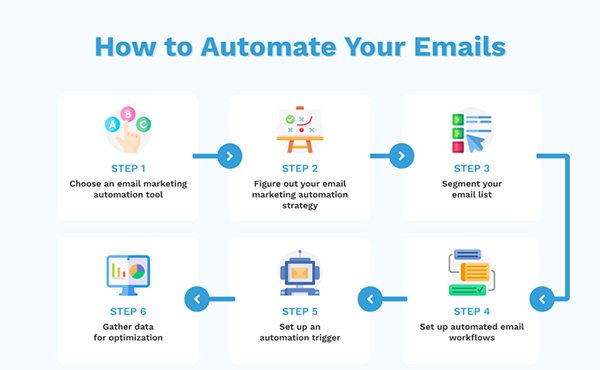
Integrating AI and machine learning into email marketing can significantly enhance personalization and engagement rates. Here’s how:
Personalized Email Content
AI in your email marketing strategy allows for a high degree of content personalization, which can significantly improve subscriber engagement and conversion rates.
AI can help you analyze vast amounts of data on user behavior, such as past purchases, email interactions, and website browsing patterns.
Moreover, AI-powered tools can predict future consumer behavior based on historical data.
Tools like Adobe Campaign or Marketo provide AI functionalities that are aimed at personalizing content at scale.
Optimized Send Times and Frequency
Optimization of send times and frequency through Machine Learning (ML) algorithms involves analyzing historical interaction data prediction for maximum subscriber email engagement.
ML algorithms can identify optimal sending windows for different segments of your audience.
This approach ensures that emails arrive when users are most receptive, thereby increasing the likelihood of engagement.
The graph below shows the email marketing software market size by channel from 2018 to 2028.

Segmentation and Targeting
Segmentation and targeting in email marketing, powered by AI and machine learning, categorize your audience into distinct groups.
It is based on shared characteristics, such as demographics, purchasing behaviors, and engagement levels.
AI enhances this process; it analyzes vast datasets to identify patterns and trends that may not be visible to the human eye.
This allows marketers to tailor their messaging and offers to meet the specific needs and interests of each segment.
Machine learning algorithms continually refine these segments by learning from user responses and interactions.
This ensures that the segmentation becomes more accurate and targeted over time.
Conclusion
In summary, the development of email marketing software involves key steps: market research, user-centric design, and the right technology stack.
It also refers to rigorous testing, security measures, and finally, launch and continuous improvement.
It demands adaptability, which is fundamental for refining and enhancing your platform.
Embark on the development of your email marketing software that will not only set you apart but also align your marketing efforts more closely with your business goals!
Share






